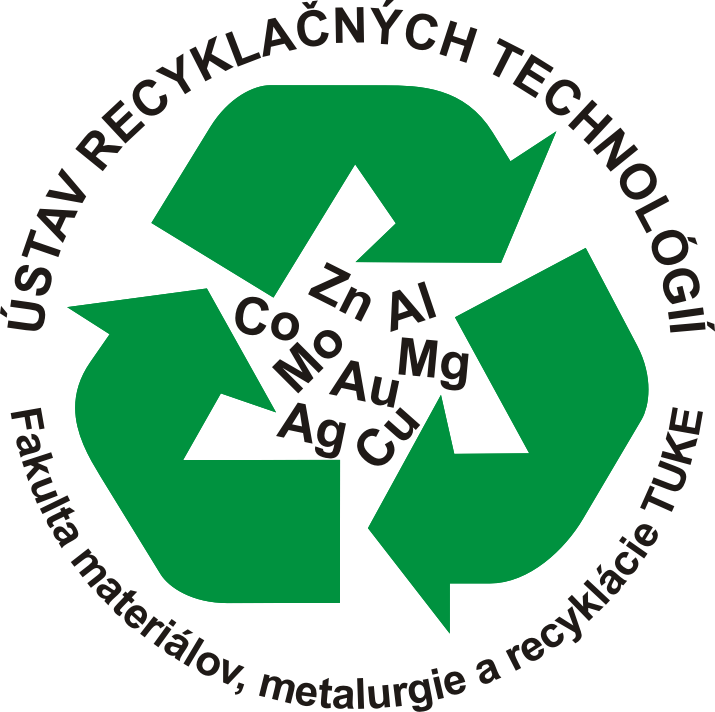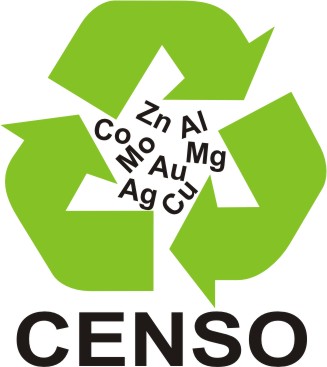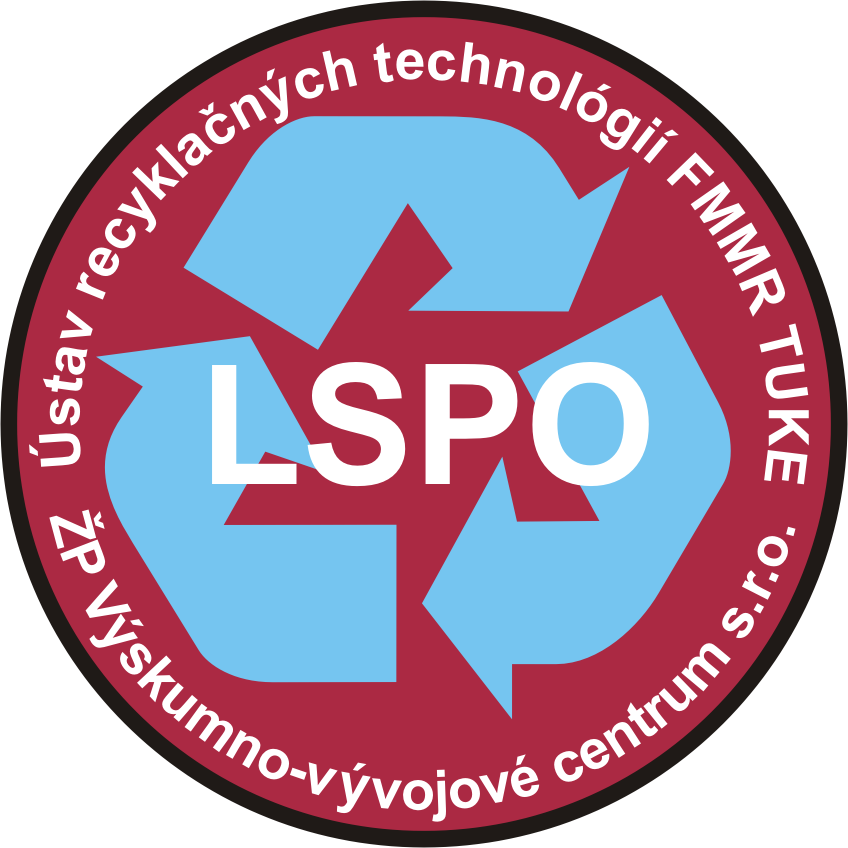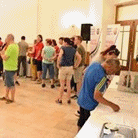Name of the project: Optimization of processes for complete recycling of spent lithium batteries
Call: APVV
Principal investigator: prof. Ing. Andrea Miškufová, PhD.
Duration: 2024 - 2028
Acronym: OptiLib
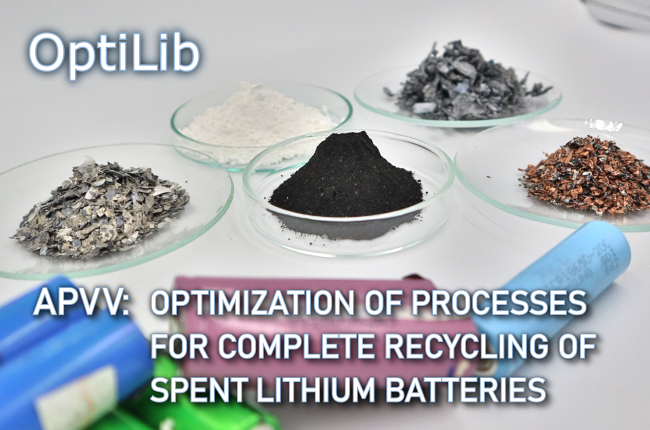
Anotation: Spent Li batteries (LiBs) contain a variety of strategic raw materials, from metal packaging to Al and Cu foils, to a high-value electrode material called active mass containing Co, Li, Ni and Mn. The amount of LiBs in the waste market is rapidly increasing, due to the boom in IT and electromobility. The recycling of spent LiBs is the subject of extensive research in order to fulfil the principles of the circular economy, the saving of primary raw materials and energy and decarbonisation. The basic recycling processes include mechanical pretreatment followed by pyrometallurgical, hydrometallurgical or combined treatment. Currently, there are several challenges in each processing step that need to be solved in order to keep recycling efficient, economically viable and environmentally acceptable. The project is based on the recycling process of the spent LiBs, which has been designed by the project team using own previous results. The proposal consists of the following main steps: discharging, mechanical-physical treatment, leaching, refining and extraction of metals from the leachate into final products. In the project, the mostly wet mechanical pretreatment route will be investigated, which has not been sufficiently studied, yet. In the leaching step, it is planned to optimize the process, in particular the efficient consumption of leaching reagents in order to improve the process economics. One of the main area of interest is the metals extraction from leachate and optimal conditions for the separate isolation of individual metals using precipitation and solvent extraction, with emphasis on high efficiency and low losses. At first, the whole recycling process will be applied to portable LiBs and then adapted to new types of LiBs from electromobility. After the optimization, the material balance will be proceeded via the Shankey diagram.
The added value and main contribution of the project is that recycling process will be ready for its validation on a large scale
